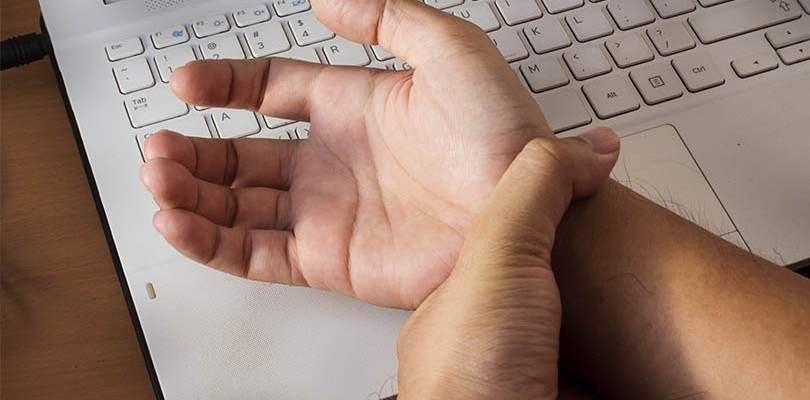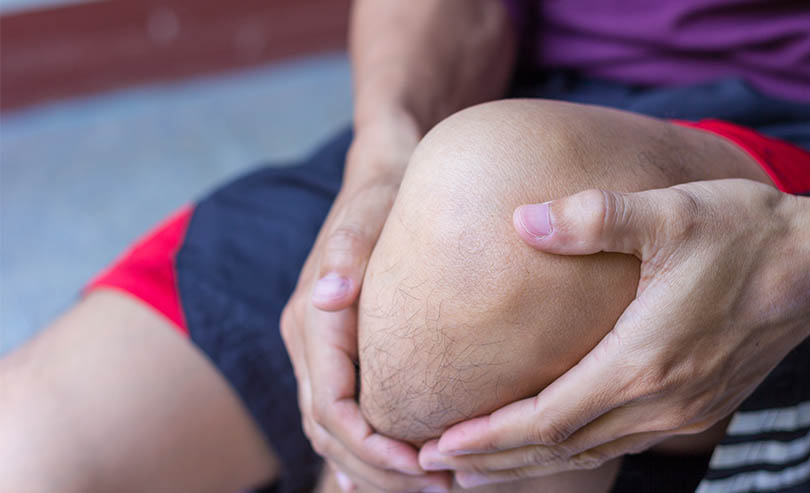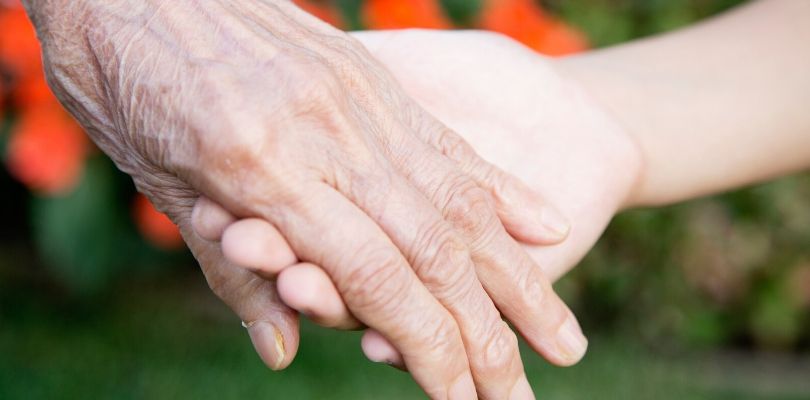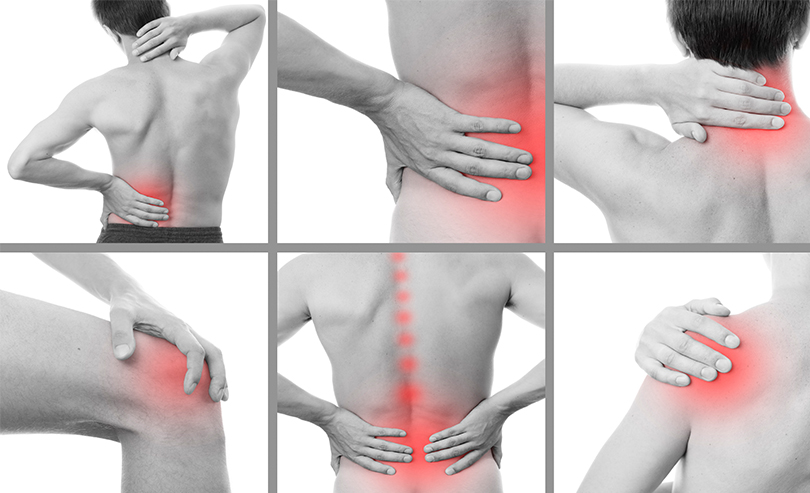
Photo Credit: Peerayot / Shutterstock.com
5. Swelling
Each joint has a pocket of fluid, a small amount of natural lubricant to help the bones and cartilage move easily and comfortably. In OA, the surrounding soft tissues begin to produce more of this synovial fluid, until the small space is very full, and rather than lubricating the different parts, the joint swells, which hampers movement.
If you notice your joints are swollen, you should visit your doctor to test for arthritis; swelling without pain is indicative of OA, but if there’s redness and warmth, it could point to rheumatoid arthritis.
Related Search Topics
You May Also Like
Is arthritis hereditary? Here you will learn about the connection between this disease and genetics. You will also learn about early symptoms in children.







